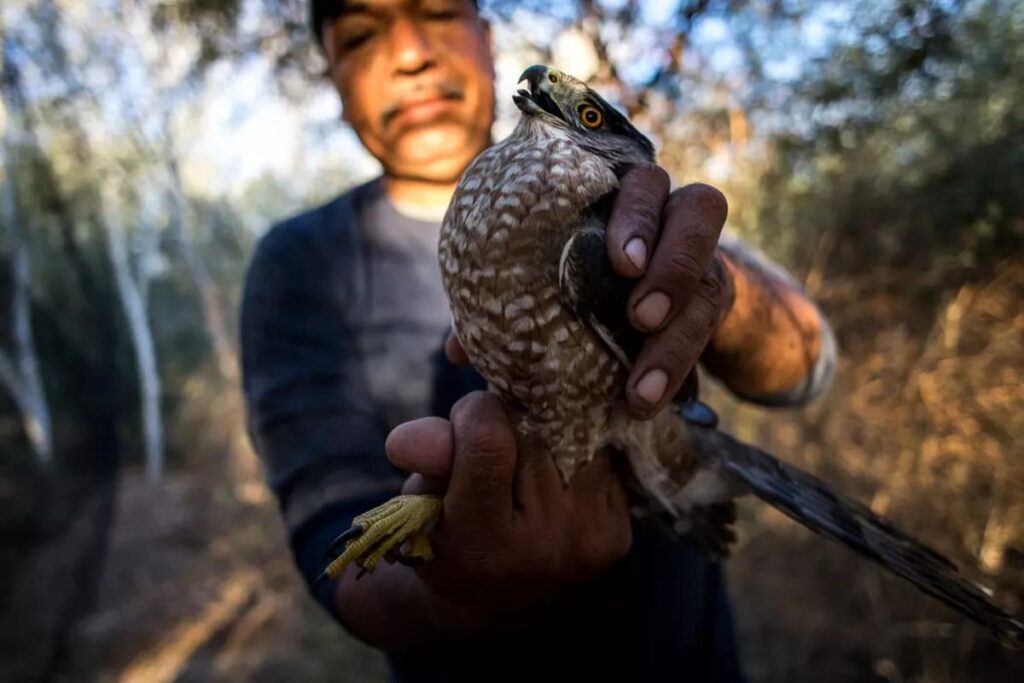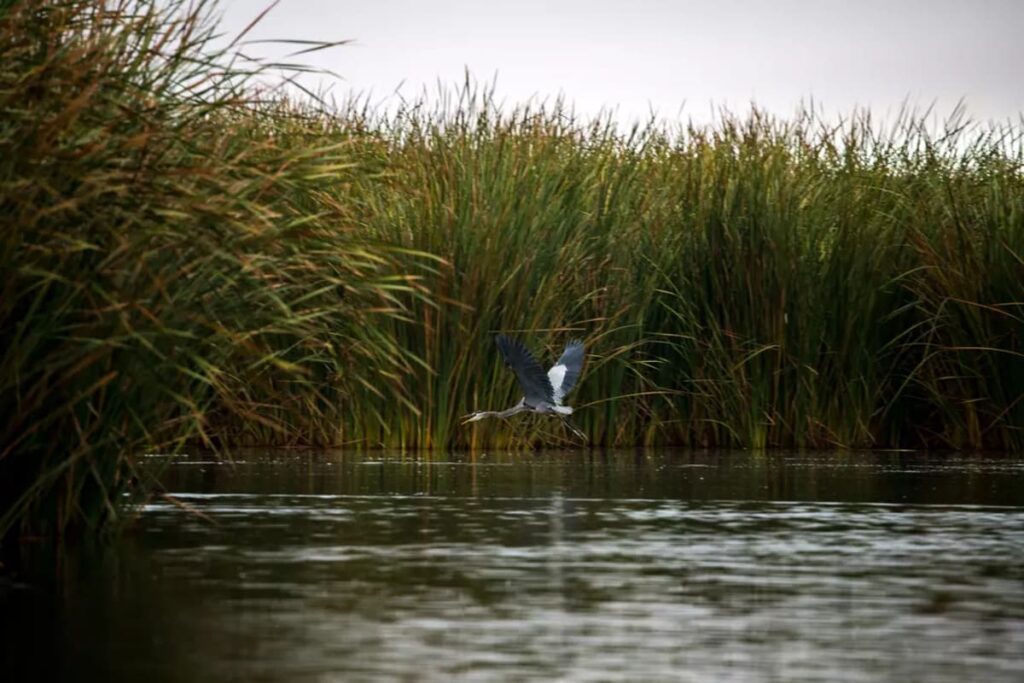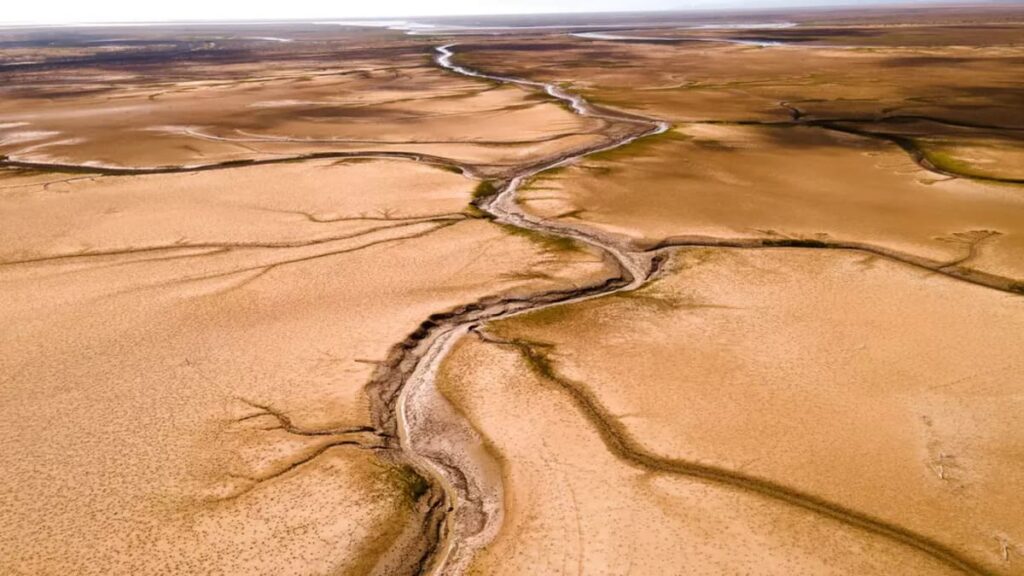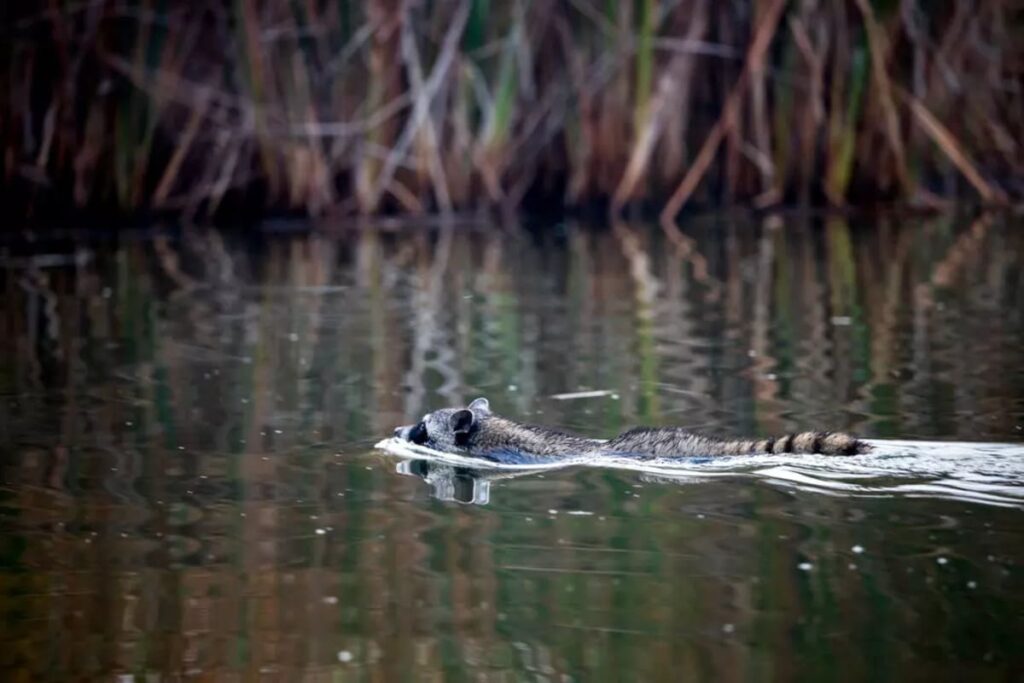For decades, the Colorado River was little more than a dry riverbed in certain regions, the lifeblood of the American West slowly disappearing. Yet, in a remarkable turn of events, the river is flowing again, thanks to a combination of political agreements, local efforts, and environmental restoration projects. Here’s the story of how the Colorado is slowly but surely returning to life.
Reviving a River Once Left for Dead
It’s hard to imagine that just a decade ago, the Colorado River was a shadow of its former self. Stretching through the deserts of the American Southwest and into Mexico, the once-mighty river had been reduced to little more than a cracked, salty riverbed in some areas. Over-extraction from agriculture and urban growth had drained it, and for twenty years, no water reached the river’s mouth, leaving ecosystems in ruin. The damage was so severe that over 80% of the region’s ecosystems collapsed, leaving behind a barren landscape.
Incredibly, however, things began to turn around in 2014, when the U.S. and Mexico signed a historic agreement to restore the flow of water to the river. This political breakthrough was the first step in what has become an impressive effort to breathe life back into the Colorado. The results have been both heartening and humbling, offering proof of nature’s remarkable ability to heal when given the chance.

Restoring a Delicate Balance: The Role of Native Trees and Wildlife
In a dedicated effort to restore the Colorado’s delta, over 540 hectares of native trees have been planted, bringing back much-needed greenery to the area. These trees—such as willows, poplars, and palo verde—are well-suited for the desert climate and help retain moisture in the soil, promoting ecological balance and reducing soil erosion.
Gabriela Caloca, a key coordinator from Revive el Río Colorado, a coalition of environmental organizations, describes the transformation as remarkable. “These trees don’t just help hold moisture in the soil; they also capture carbon and provide a crucial ecological corridor for migratory birds and vulnerable species,” she says.
The revival of the river has had an extraordinary effect on local wildlife. In areas like the Santa Clara wetland, a sanctuary for migratory birds, species like the California clapper rail, once on the brink of extinction, have returned in force. According to Stefanny Villagomez, who works with the ornithology team at Pronatura Noroeste, the populations of birds and insects have surged, with over 360,000 migratory birds stopping in the restored areas every year.

Overcoming the Challenges of the Past
But the river’s resurgence wasn’t just about planting trees or getting water to flow again. The root causes of its decline had to be addressed, including agricultural practices that diverted water for crops like alfalfa, a high-demand crop used primarily for livestock feed. In the U.S., hydroelectric dams and reservoirs also rerouted the river’s natural flow to sustain golf courses and private lawns, further exacerbating the water scarcity.
In Mexico, the situation was compounded by outdated colonial-era laws that permitted vast water withdrawals for agricultural uses, leaving little for the river or local ecosystems. These challenges made it clear that to restore the Colorado River, it wasn’t just about adding water—it was about changing long-established practices and securing a long-term, sustainable solution.

An Ongoing Collaboration Across Borders
Thanks to the binational agreement signed by the U.S. and Mexico, more water began flowing into the delta starting in 2014. For many locals, this was a moment of great joy and pride. Isabella, a resident of San Luis Río Colorado, recalls how the water’s arrival was met with a wave of celebration. “When the water came, it was a huge moment of joy,” she says, remembering how she saw the smiles on her neighbors’ faces.
Now, over 3,500 volunteers have contributed to clearing out invasive species and replanting trees, while monitoring wildlife populations. The replanting of more than 500,000 trees in just six years has been a monumental effort, showcasing the power of community engagement and collaboration. As Gabriela Caloca puts it, “It’s inspiring to see how people have reconnected with the river. Many have told me they never saw water in the river before, and now they bring their children to enjoy nature.”

A Symbol of Resilience
Despite the challenges ahead, the Colorado River’s revival stands as a symbol of hope and resilience. While much of the river’s future still depends on the actions of both Mexico and the United States, local communities are deeply committed to the restoration effort. The continued planting of native trees, the careful management of water resources, and the support of global initiatives will be essential in maintaining the river’s health for future generations.
As Stefanny Villagomez notes, “This reminds us that nature has an incredible ability to recover quickly. If we can continue to work together—citizens, scientists, and governments—there is still hope for our planet.”
In a world where environmental issues often seem insurmountable, the Colorado River’s return to life offers a ray of optimism and a testament to the power of collaboration and perseverance.






